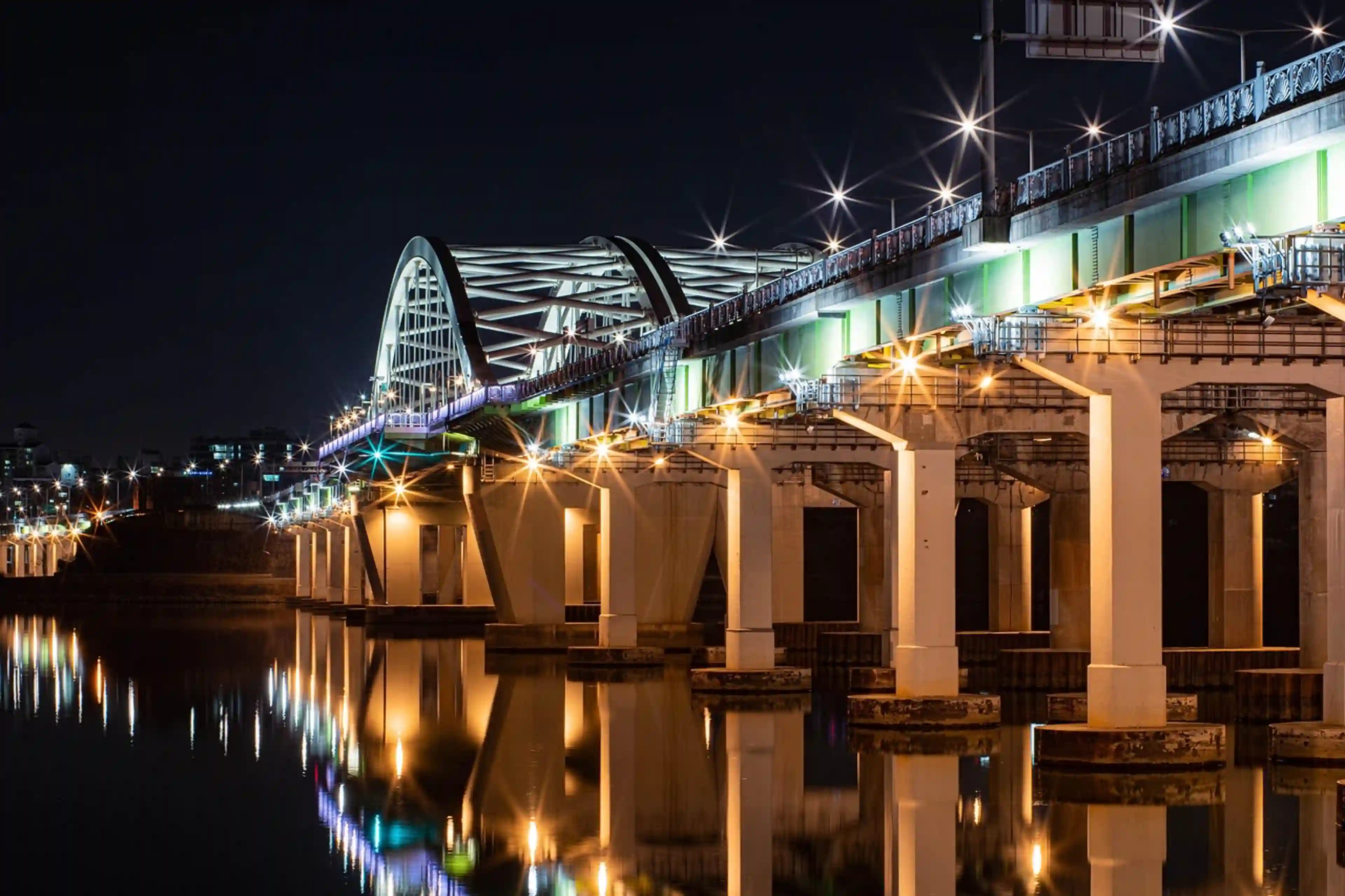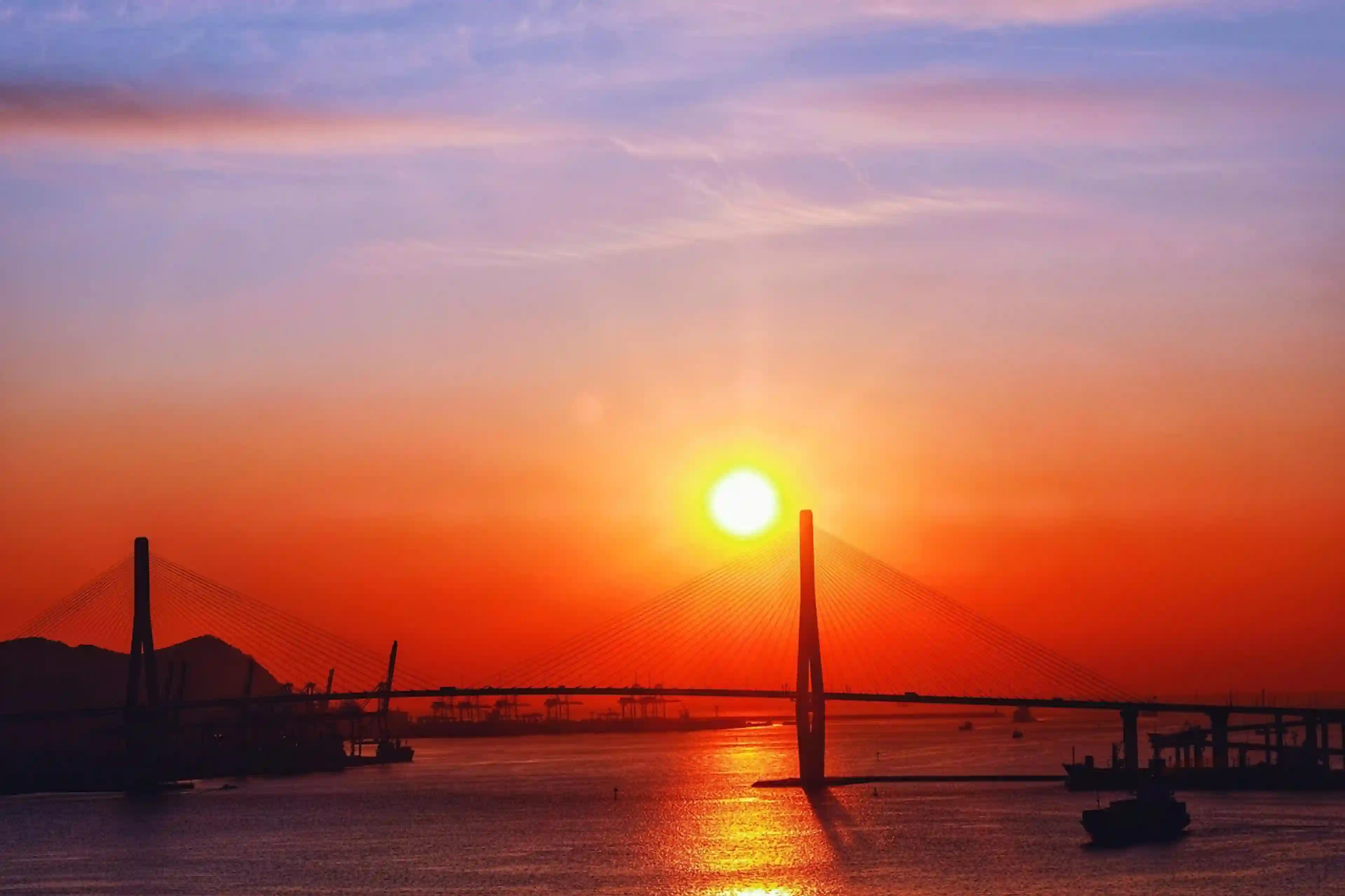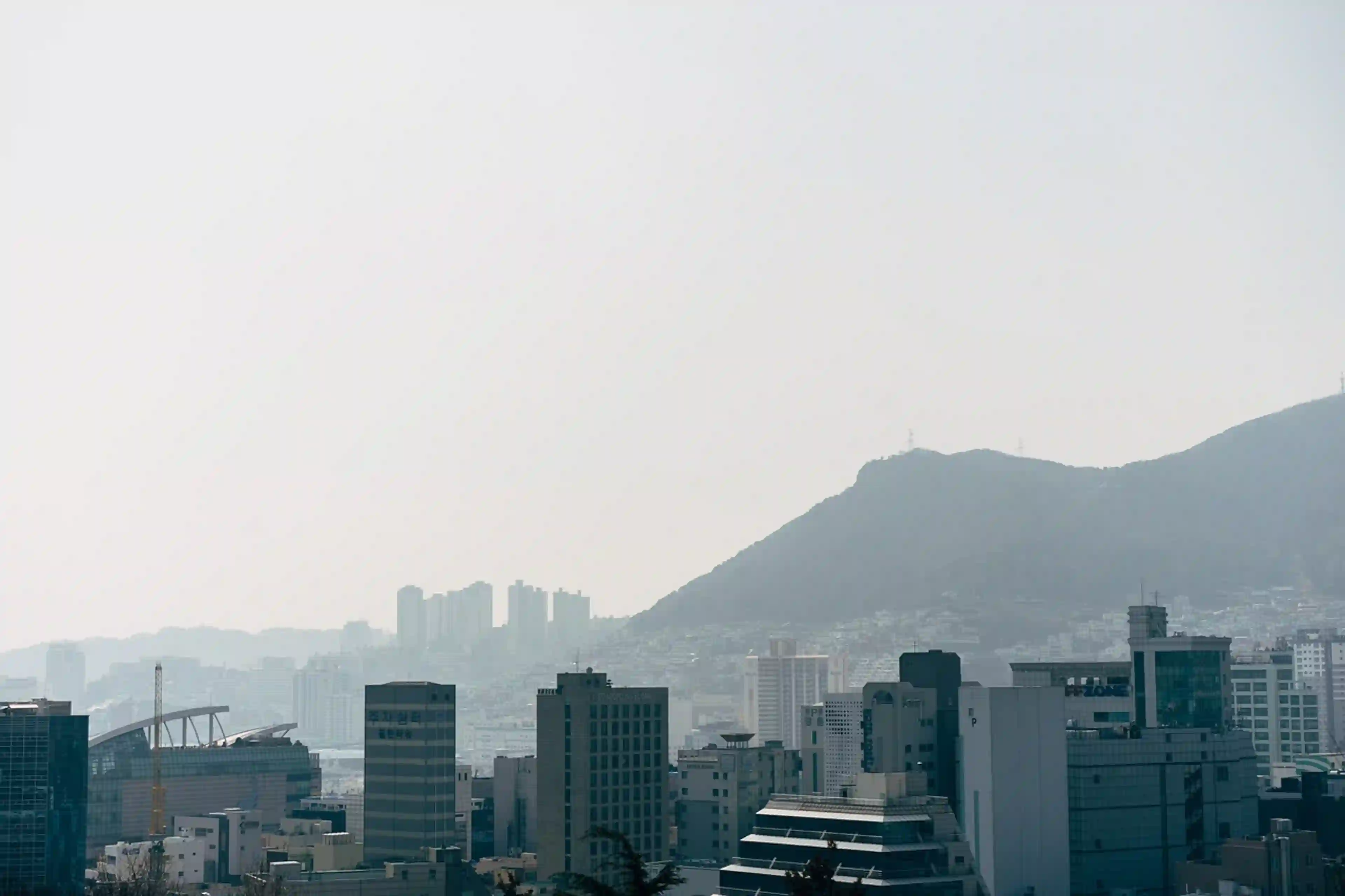Busan
General presentation
Top 50
History, culture & traditions
Travel advice
Wikipedia
Viator activities
Tiqets activities
Overall presentation
The second most populous city in South Korea with 3.65 million inhabitants, Busan emerges as a major economic, cultural, and educational center in the country. The ninth largest port in the world, this port metropolis shines far beyond its national borders. The city has also forged an international reputation thanks to its stunning beaches, including the famous Haeundae - the largest in the country - and its large-scale cultural events like the prestigious Busan International Film Festival.
Geographical situation
Positioned at the southeastern tip of the Korean peninsula, the city opens up to the Japan Sea (East Sea) and enjoys remarkable proximity to the Japanese islands of Kyūshū and Honshū. The Nakdong River, the longest river in Korea, flows through its territory, while the surrounding mountains create a characteristic hilly landscape that provides an exceptional natural setting.
Atmosphere and character
The unique atmosphere of Busan arises from the harmonious fusion between urban vibrancy and the preservation of remarkable natural spaces. Its deeply rooted maritime identity is revealed in its lively markets, such as the famous Jagalchi fish market, a true theater of local life. Cultural festivals rhythm the life of this dynamic city, attracting both leisure visitors and professionals from around the world.
Climate
The humid subtropical climate characterizes this coastal region, with hot and humid summers marked by heavy rainfall related to the monsoon, contrasting with mild and dry winters. Temperatures range from 3.2°C in January to 25.9°C in August, while annual precipitation reaches approximately 1,519 mm, primarily concentrated during the summer months.
Best season to visit
- Autumn (October-November): ideal period with mild temperatures and clear skies
- Spring (late March-early April): privileged time to admire the cherry blossom
- Avoid: August and September due to the typhoon season and risks of heavy rainfall
Access
- Air: Gimhae International Airport located 16 km from the city center, serving numerous destinations
- Rail: Direct connection to Seoul via KTX (high-speed train) in 2h30
- Road: Express and intercity bus services to major cities in the country
- Maritime: Regular ferries to Japan, notably Fukuoka
Internal transport
The public transport network consists of six subway lines forming the backbone of the urban transport system, complemented by a vast network of urban buses. The subway remains the most convenient way to reach the main districts and tourist attractions. Taxis are also available, although it is advisable to avoid them during peak hours due to heavy traffic.
Top 50
Wikipedia
Viator activities
Tiqets activities



